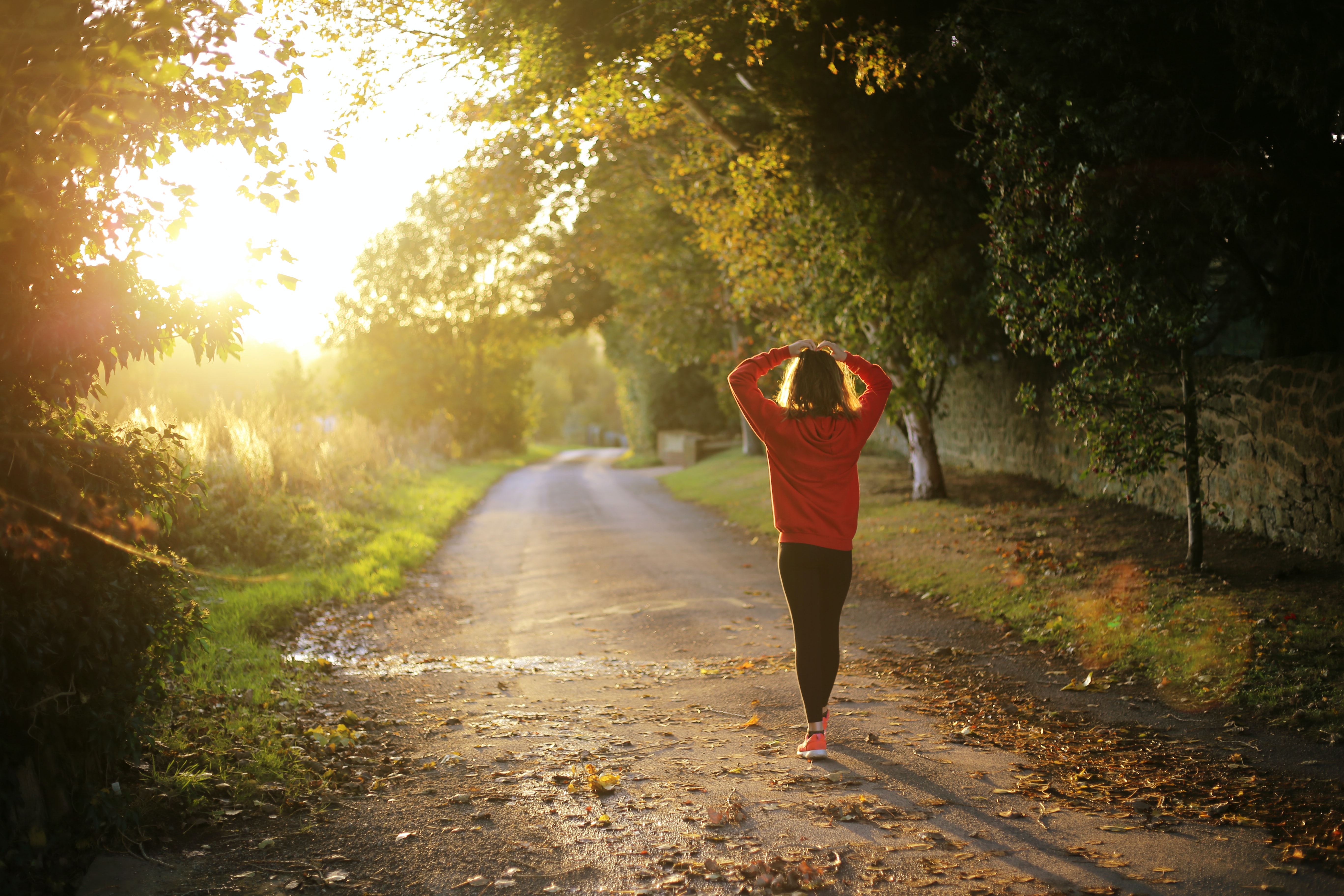Whether you’re trying to stay healthy, reduce stress, or just have fun being active, exercise-induced headaches can really throw a wrench in your plans. That’s right—even though fitness activities can be a great way to relieve migraine headaches, being active can actually trigger an attack for some sufferers.
However, that doesn’t mean you’re stuck on the couch forever. With a little preparation and some trial-and-error, you can likely find a way to work out even if exercise is a trigger for you.
Why do I get a migraine attack when I exercise?
Before we get those tips, let’s talk about why this happens at all. According to Cove medical advisor and migraine expert Dr. Philip Bain, doctors believe physical activity can dilate blood vessels in the brain, which you experience as head pain. Another theory is that strenuous exercise rapidly elevates your blood pressure, which can then trigger an attack. If you get a headache every time you go running, for instance, that could be due to these abrupt blood pressure changes.
Cove Medical Director Dr. Sara Crystal adds, “Another potential link between exercise and migraine is that during exercise, levels of a protein in the brain called calcitonin gene related peptide (CGRP) rise, which can cause inflammation that may trigger attacks.”
So let’s just say it’s complicated. But even if doctors aren’t sure exactly why exercise can cause headaches, there are plenty of things you can do before and during your workout to reduce the chances of a migraine attack.
How can I prevent exercise-induced headaches?
You may not be able to avoid them entirely, but you’ll be more likely have a migraine-free workout if you:
Eat a high-protein snack before exercising
Since your blood sugar drops when you exercise, the American Migraine Foundation recommends eating food with sufficient protein, like nuts or a protein bar, about 90 minutes beforehand.
Warm up and cool down properly
Jumping into intense exercise too suddenly can trigger an attack, so try to walk at a slow pace for five minutes before jogging, or gently lift light weights before picking up something heavier. It’s also important to lower your heart rate and blood pressure slowly at the end of a workout, so don’t skip out on your cooldown and stretching.
Start with low-impact exercise
Think walking, swimming, or yoga. These kinds of activities don’t raise your heart rate or blood pressure as quickly, which can help you avoid headaches.
Keep your head and neck steady
Make sure you’re maintaining good form while you work out. Otherwise, you can end up putting extra stress on your head, neck, and shoulders, which can then, you guessed it, trigger an attack.
Keep your body temperature cool
Getting overheated while exercising can cause migraine headaches, so it’s best to exercise in a temperature-controlled environment or at a cool time of day. Wearing lightweight clothing and pointing extra fans in your direction can also help keep your body at a comfortable temperature.
Avoid extreme altitudes and temperatures
Since both extreme heat and extreme cold can trigger an attack, it’s safer to exercise indoors when the weather isn’t cooperating. As for altitude, thinner air means less oxygen, which can also cause headaches, especially if you’re away from home and not used to it. “Taking it easy the first few days that you are at a higher altitude can lessen the chance that you’ll get a headache,” says Dr. Bain.
Avoid loud noises
Sensory overload is a trigger for some migraine sufferers, and that includes loud noises. You may need to stay away from areas in the gym with banging weights or loud music. Or if you exercise outside, plan your jogging route to avoid noisy areas. Fortunately, according to Dr. Bain, listening to music while you exercise is usually fine as long as you don’t already have a headache.
Avoid calorie restriction
For many folks, a desire to exercise more comes along with dieting, but skipping meals is really bad for migraine. In fact, the American Migraine Foundation actually recommends eating five to six smaller meals during the day instead of the standard three large meals to ward off hunger.
Stay hydrated
If you only get one thing out of this article, it’s this: When it comes to migraine prevention, hydration is key. Drink water before, during, and after exercise, and consider adding a hydration supplement like Cove’s Oasis to make sure you replenish your electrolytes as well.
When you’re ready to start finding the fitness routine that works for you, it’s a good idea to monitor your symptoms carefully using a migraine journal so you can keep track of what’s working. You should also talk to your doctor before making any significant changes to your routine.
If you do end up getting a headache and it comes with more drastic symptoms like nausea and vomiting, loss of consciousness, double vision, or severe neck stiffness, or if it lasts multiple days, seek medical attention ASAP. This could be something called a secondary exertion headache and may be indicative of a larger problem, like meningitis or a brain tumor. Otherwise you should be fine with your normal migraine care routine—though you can definitely consult with your doctor if you’re worried.
So, are you ready to get started? Follow these tips, and with just a little extra care, you can live an active lifestyle even if you suffer from migraine.
The information provided in this article is not a substitute for professional medical advice, diagnosis, or treatment. You should not rely upon the content provided in this article for specific medical advice. If you have any questions or concerns, please talk to your doctor.
Photo by Emma Simpson on Unsplash.


